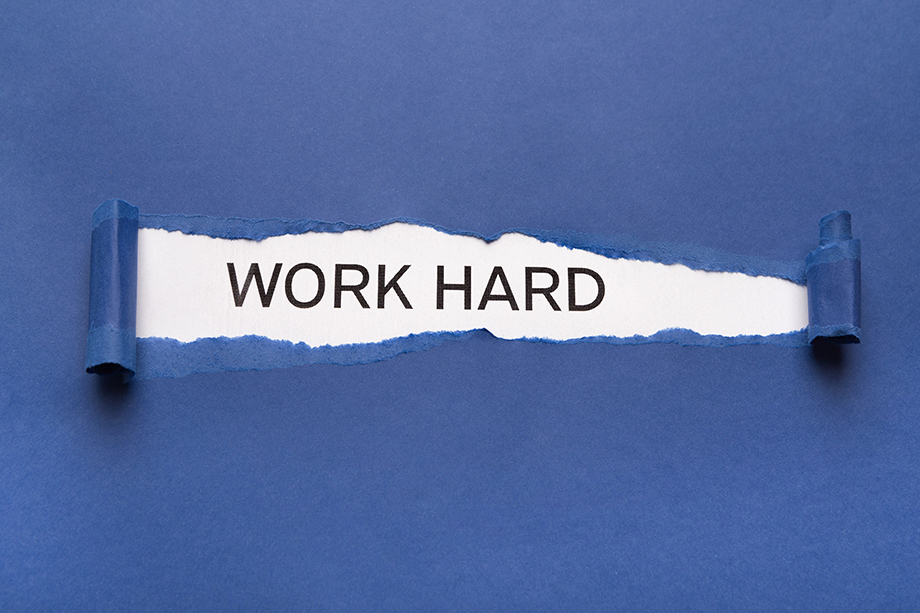Given the fact that women make up 85% of all consumer purchases, it’s no surprise that women make up about 40% of all businesses in the United States.
This statistic is interesting when you consider the other ways women fuel the US economy:
- Women launched more businesses than they closed at the onset of the pandemic (while the number of men-owned businesses declined)
- Women are responsible for approximately $16.7 trillion consumer spending in the United States.
- The average single female spends over 115% of her income after taxes
Additionally, LaConte Consulting states that on average, women-owned businesses generate about half of the total average annual sales than those owned by males ($4.6M vs $9.1M). “It’s Rising Time“; women can push for bigger and better.
So, what’s the hangup?
So what might stop a woman from starting her entrepreneurship journey?
In the United States
One of the deterrents might be the well-documented difficulty women face when trying to gain access to capital—issues like a lack of collateral, discriminatory regulations, and ingrained gender bias keep them from obtaining even small loans. Starting with less money than men makes it harder to ultimately make as much as them.
More and more, foundations encouraging women’s potential are making resources available that will enable them to start a new business or scale up an existing one.
Take, for instance, Tory Burch, the billionaire CEO and designer who earned a spot on Forbes’ Most Powerful Women in the World list. She founded the Tory Burch Foundation in 2009, which aims to provide women with access to capital, education and digital resources. Her Fellows Program provides 10 women entrepreneurs each year with a community of support as well as $10,000 for business education and the chance to participate in a pitch competition for a $100,000 grant investment in their business. And it’s already making an impact: Two Fellows from its inaugural program have already surpassed the $1 million mark.
It’s exciting to see that there’s a business education component added to the mix, given how important both Robert and Kim Kiyosaki think it is.
Around the world
When it comes to other nations and gender equality, the results are, literally, all over the map. Here are a few highlights:
- In India, women account for only about 14% of total entrepreneurs. Additionally, it ranked low, coming in at 135 out of 146, when it comes to the overall workforce gender gap.
- According to MasterCard’s Index of Women Entrepreneurs Report 2017, Uganda had the highest percentage of female business owners at 34.8 percent. However, the east African nation scored poorly on the Index of Women Entrepreneurs largely due to poor governance and high barriers to starting a business. But the study did reveal that Uganda has a healthy cultural and social acceptance of female entrepreneurs.
- According to Statista, the United States was the leading country in the world in terms of supporting female entrepreneurship; scoring almost 70% index points (as of 2021).
- In Latin America and the Caribbean, over half of all women (ages 15 or older) were working, according to 2018 data observed by the United Nations. Though the disparity between the number of working men versus women is closing, the gap still amounts to over 25 percent.
Women have certainly progressed in moving the entrepreneurship needle forward, but there’s still plenty of work to be done to close the gender gap.
The rise of women entrepreneurs: how to start and scale your own business
This leads to one simple conclusion: the world needs more women entrepreneurs.
Why? Because women see the world in different ways than men, and they see opportunities that men might not see. Women have different problems that need solving, problems that often only other women are well equipped enough to solve. And women know how to market their businesses and products to other women in a way that makes sense.
Successful case studies
For instance, there was a woman who had an addiction to designer handbags. With every extra dollar she had, she ran out and bought the latest Louis Vuitton, Prada, or Gucci handbag. Her friends and family would often ask if they could borrow one of her purses, and she would gladly agree. This experience led her to a bright insight, and she asked herself: “What if I rented out my handbags?” And that’s exactly what she did. Today, she has a successful accessories rental business online (and off) through which she rents handbags, shoes, and jewelry.
Or take the story of Kristen Richmond and Kirsten Tobey, who started Revolution Foods. This dynamic female entrepreneurship duo saw the need to radically change the food that kids were eating in school cafeterias, a place many more women visit than men. Their simple idea was to serve attractive, healthy food that fit within the tight confines of school budgets. Initially it was very difficult for the women to attract venture capital in an industry dominated by men, because “the company’s purpose was ‘off-spec’ from traditional venture business models.” Today, Revolution Foods serves over 2,500 sites, and reports revenue at around $ 129 million.
Rise up!
Both these stories, and many more like them, serve to show that there are tons of opportunities out there for women to go after. The time is now for women entrepreneurs to rise up!
Today, spend some time looking at the details around you. Are there unique challenges in your life as a woman (or of a woman you know) that you think haven’t been best solved yet? There’s no reason to settle for the status quo! Think up a better solution and get scrappy. The world needs you.
Join other people interested in starting a business by joining our free, online community here.






